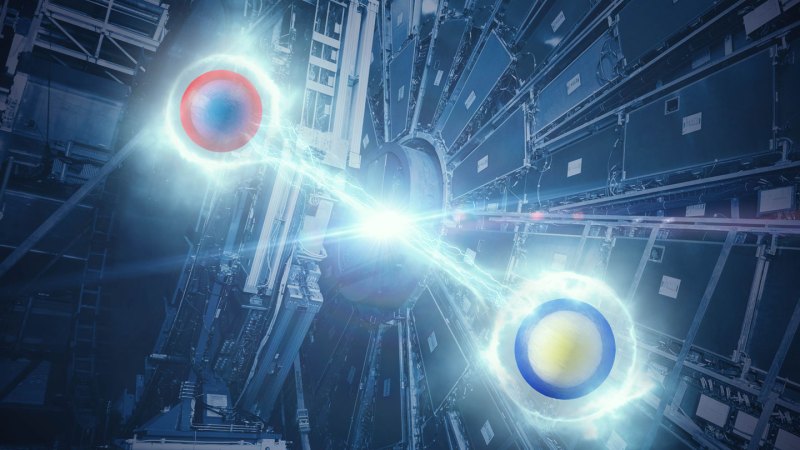Extreme Climate Survey
Science News is collecting reader questions about how to navigate our planet’s changing climate.
What do you want to know about extreme heat and how it can lead to extreme weather events?
Using data from collisions of protons, scientists with the ATLAS experiment, a particle detector at the Large Hadron Collider, studied smashups that formed a top quark and its antimatter counterpart, a top antiquark. The two particles are entangled via their spin, a quantum property akin to rotational motion. That means the spins of the two particles are linked, such that measuring one spin would immediately tell you the other.
To detect the entanglement, the scientists observed the particles that the top quark and antiquark decayed into. The angles at which those particles were emitted revealed the entanglement, researchers from the ATLAS collaboration report September 18 in Nature. (CMS, another experiment at the Large Hadron Collider, also found evidence of top quark entanglement this year, in a study that has not yet been peer reviewed.)
As quarks go, top quarks are special. Generally, quarks dislike being alone, so when they are cut loose in high-speed collisions, pairs of quarks and antiquarks quickly materialize, glomming together into larger particles. That process, known as hadronization, washes out any entanglement. But top quarks and antiquarks decay so fast that hadronization can’t occur, so the particles that they decay into can carry the signature of their entanglement.
That means, for demonstrating entanglement, top quarks have the upper hand.


